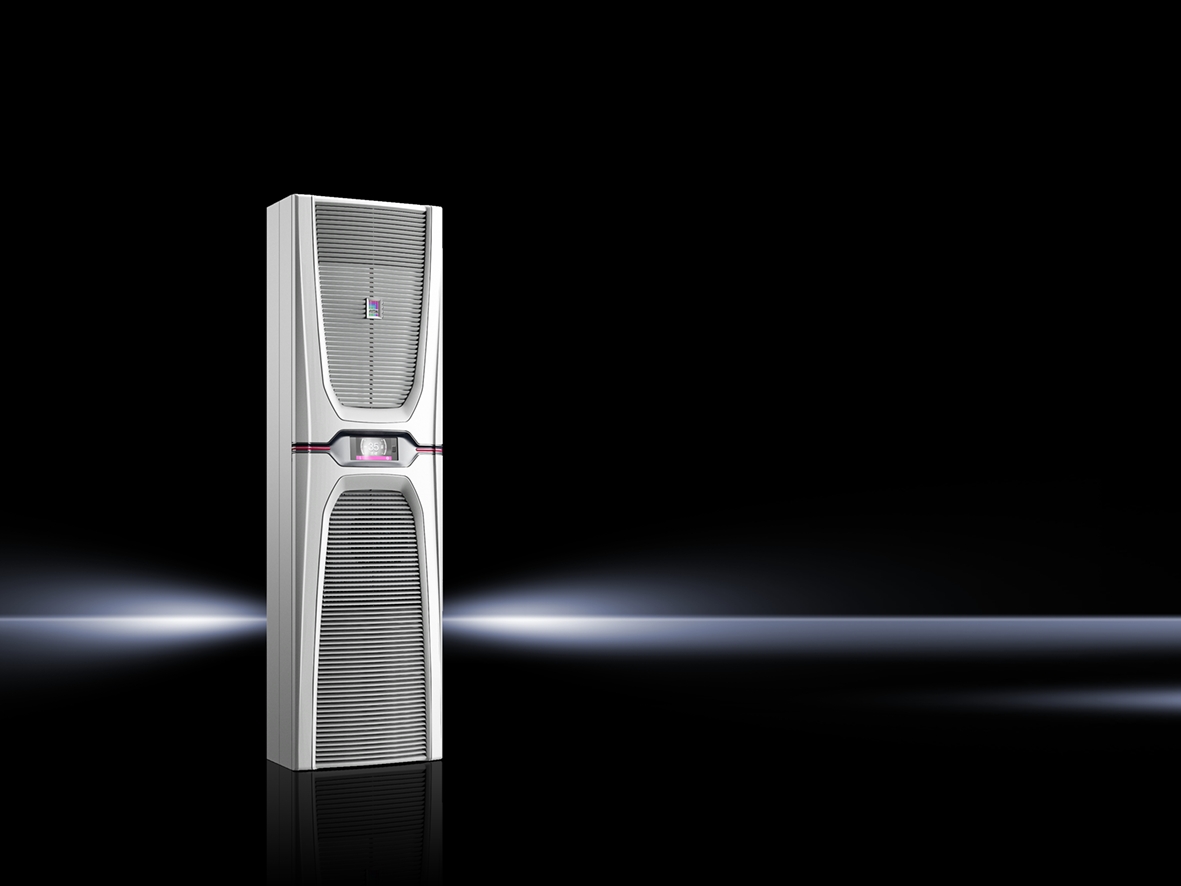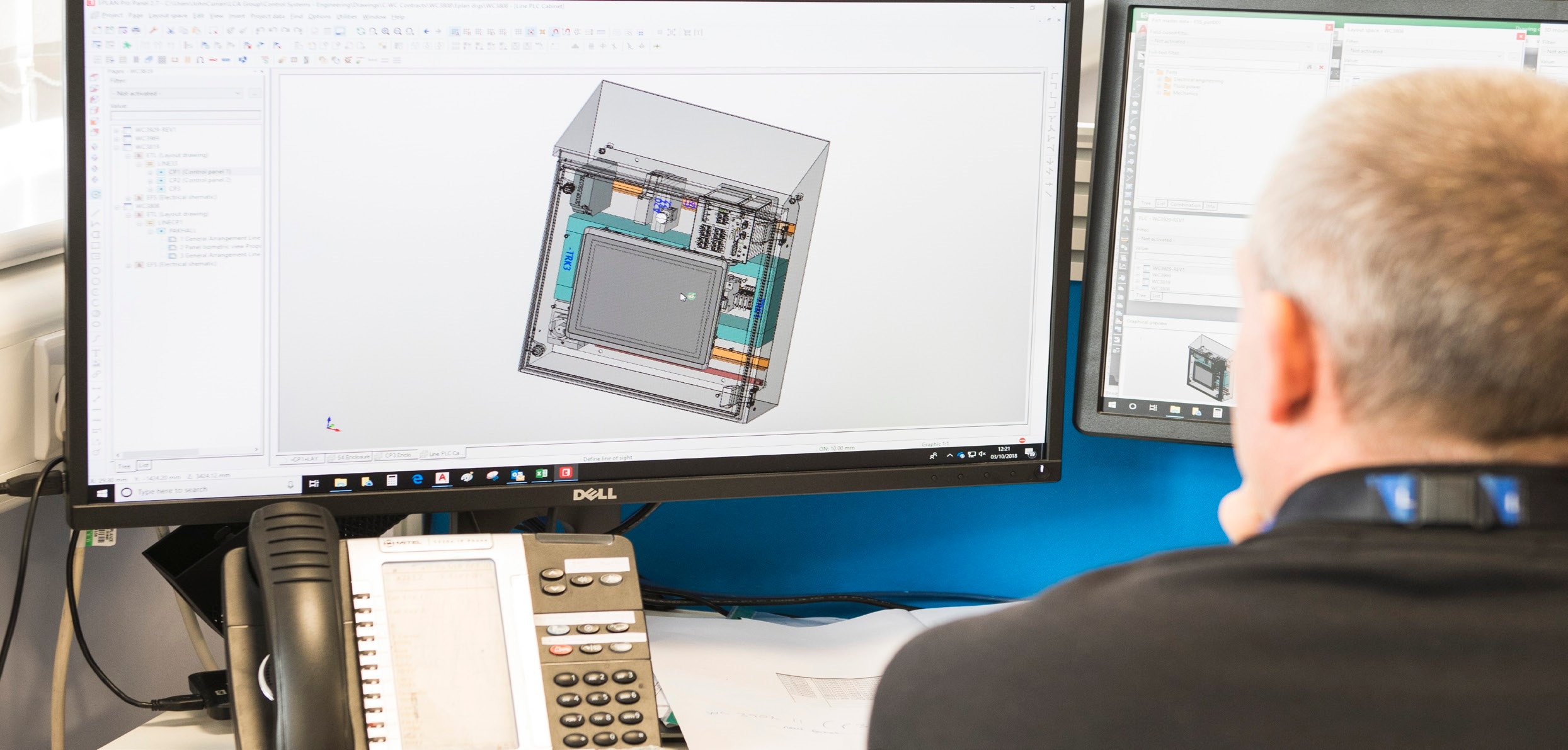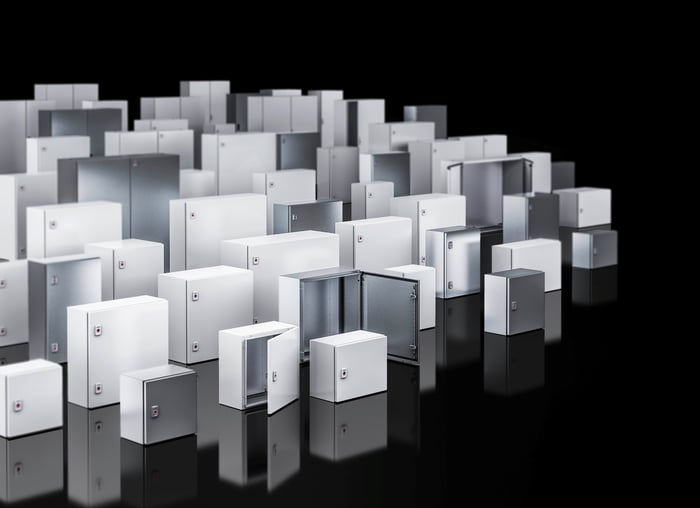Author
 Graham Bloom
Graham has worked at EPLAN for over 8 years and is a Professional Services Senior Consultant. His background and experience in electrical, mechanical and production engineering mean that he provides excellent service in training and consultancy. Graham works closely with customers to define their optimal solutions based on EPLAN's product portfolio. He also works closely with the pre-sales team to analyse customers' specific requirements and understand their business drives & needs to translate them into a technical solution.
bloom.g@eplan.co.uk
Graham Bloom auf LinkedIn
Graham Bloom
Graham has worked at EPLAN for over 8 years and is a Professional Services Senior Consultant. His background and experience in electrical, mechanical and production engineering mean that he provides excellent service in training and consultancy. Graham works closely with customers to define their optimal solutions based on EPLAN's product portfolio. He also works closely with the pre-sales team to analyse customers' specific requirements and understand their business drives & needs to translate them into a technical solution.
bloom.g@eplan.co.uk
Graham Bloom auf LinkedIn
Look out for these key industry trends in 2020!
What were the key trends in 2019, and how have they impacted Rittal and EPLAN?
Dave Haslehurst: I think there were a few significant trends in 2019. The obvious one is of course the uncertainty brought about by the current political situation, which was exacerbated by the shifting deadlines. Uncertainty has caused a lot of unrest in the sector with an evident slowdown in investment. From Rittal’s point of view, we have had a clear strategy of increasing support for our customers by taking on additional stock and also by ensuring that our supply chain is sufficiently adaptable to cope with potential delays.
I think many companies are looking to achieve greater efficiencies, be it through improving their manufacturing processes or by using better products that reduce energy usage. As a result, we have seen increased adoption of Blue E+ cooling units in factories because they hit both of these targets: they improve operations while also reducing energy consumption. We have also had a lot of interest in complete solutions that include engineering, automation, manufacturing and service.
 The popular Rittal Blue e+ unit increases energy efficiency.
The popular Rittal Blue e+ unit increases energy efficiency.
I think the UK is still scratching the surface when it comes to digitisation and adopting the Internet of Things (IoT) and Industry 4.0 in manufacturing. Nevertheless, IoT is starting to get built into more production processes to help satisfy the growing need for real-time data. We are, for example, seeing much more interest in IoT interfaces for our cooling units as companies turn to smart solutions for their factories.
Barry Maidment: The IT market continues to move at an accelerating pace with a drive to bringing the internet closer to the consumer. Edge systems that act as interfaces to the main cloud are a focus for many companies. Getting processing power closer to the application can be difficult, especially for industrial applications where harsh environments can critically affect IT systems. Advances in artificial intelligence (AI), virtual reality (VR), and IoT that require better connectivity to a central cloud have spurred a move towards improved systems and processes for SMEs.
This means that there is increased interest in modular Edge Infrastructure, from single racks to containerised systms. Each Edge system has similar needs to a conventional datacentre such as power, cooling, physical protection, security and resilience, even though they need to be deployed on a smaller scale.
Ken Christie: In 2019 we started to see a shift among electrical engineers from 2D design to 3D, a move that their mechanical counterparts made many years ago. However, in my opinion there is still a long way to go. For instance, consider the digital twin, which is an accurate virtual model of a process, product or service. The behaviour of the digital twin can almost always be analysed more easily and at lower cost than the behaviour of its real-world analogue, and so I believe that the use of digital twins will be an important trend for the future. LCA Group uses Digital Twins in EPLAN Pro Panel.
LCA Group uses Digital Twins in EPLAN Pro Panel.
Where do you see the IT industry heading in 2020?
Dave Haslehurst: I think that while there is still a high level of economic uncertainty at the moment, we need to head into 2020 with optimism. Uncertainty may become the new norm, but developments and investments have to continue. Increased competition within the sector will have to drive improvements in manufacturing and more uptake of Industry 4.0 precepts. Panel builders and system integrators will look to increase productivity and there will definitely be a need for automation. I also envisage a greater need for digital platforms to speed up improvements in efficiency. We already see a high level of business through our online e-commerce platform, and this will continue.
Barry Maidment: A fast moving IT environment means that sometimes there is a need to stop and take stock. Are we driving technology or is technology driving us? In the chase for faster computers, more computing power and greater storage, sometimes energy efficiency takes a back seat. In the coming years, however, attention to energy efficiency will start to dominate the agenda. Energy efficiency is a key concern and the IT Industry has a huge part to play in delivering NetZero.
The digitisation of all areas of business will continue and will create both opportunities and threats to traditional business models. An important issue is timing, and early adoption may not always be the right thing to do; waiting for the technology to be proved may be a more prudent approach. In the absence of a crystal ball, modular IT infrastructure is the logical way to ensure that what you build today is suitable for the future. The arguments over centralised versus decentralised IT infrastructure continue, but it is clear that the next generation of IT infrastructure will be a hybrid. This means that having the ability to scale on demand and at speed will be of the essence.
Should customers expect anything new from Rittal and EPLAN in 2020?
Dave Haslehurst: A significant focus for 2020 will be looking at how the complete Rittal and EPLAN value chain can help customers to reduce costs and increase competitiveness. We also expect the full range of our new AX compact enclosures to be released, as well as additions to other ranges, including power products. Our new website will be launched early in the year, making it easier and faster for our customers to find the product that’s exactly right for their application.
 The new AX and KX cabinets are set to launch in 2020.
The new AX and KX cabinets are set to launch in 2020.
Barry Maidment: The development team at Rittal is incredibly busy at the moment and we have a number of key product launches in 2020. Watch this space for further announcements in the early part of the year.
Ken Christie: From my perspective, the value chain will be a big part of our offering for 2020. A value chain is a business model that describes the full range of activities needed to create a product or service. The overarching goal of a value chain is to deliver the most value for the least cost in order to create a competitive advantage. By combining value-enhancing process steps in engineering, design, work preparation and production, a seamless value chain becomes the foundation of all of a business’ innovative efficiencies. As Barry explained earlier, greater efficiency will be top of the list for many industries in years to come.
Customers are becoming much more reliant on digital technologies. How are Rittal and EPLAN adapting to keep up with this change?
Dave Haslehurst: Rittal is continuing to develop its digital platforms to support its customers. Our new website has already been mentioned and will make it easier for customers to see our complete product portfolio as well as to access data resources and training. Our E-commerce platform is continually evolving, and more customers are using it to not only place orders, but also keep up to date with stocks and deliveries. We are also creating more and more tools to enable customers to configure and build their products online and then order them directly. We see digitisation as a vital tool moving forward and it’s something we’ll continue to support strongly.
Ken Christie: Our internal research shows that only 10% of schematic projects are ready for automated production. We are responding to this challenge by offering 3D design capabilities through our EPLAN Pro Panel package and the digital twin. I also believe that cloud-based engineering underpinned by EPLAN eBUILD bridges the knowledge gap for many panel builders and helps their 2D models cross over into 3D space so that they can reap the benefits of working with digital twins.
Want to know more about the two companies? Discover how EPLAN and Rittal are working together in 2020 to industrialise and automate the panel building industry:

.png)


Comments